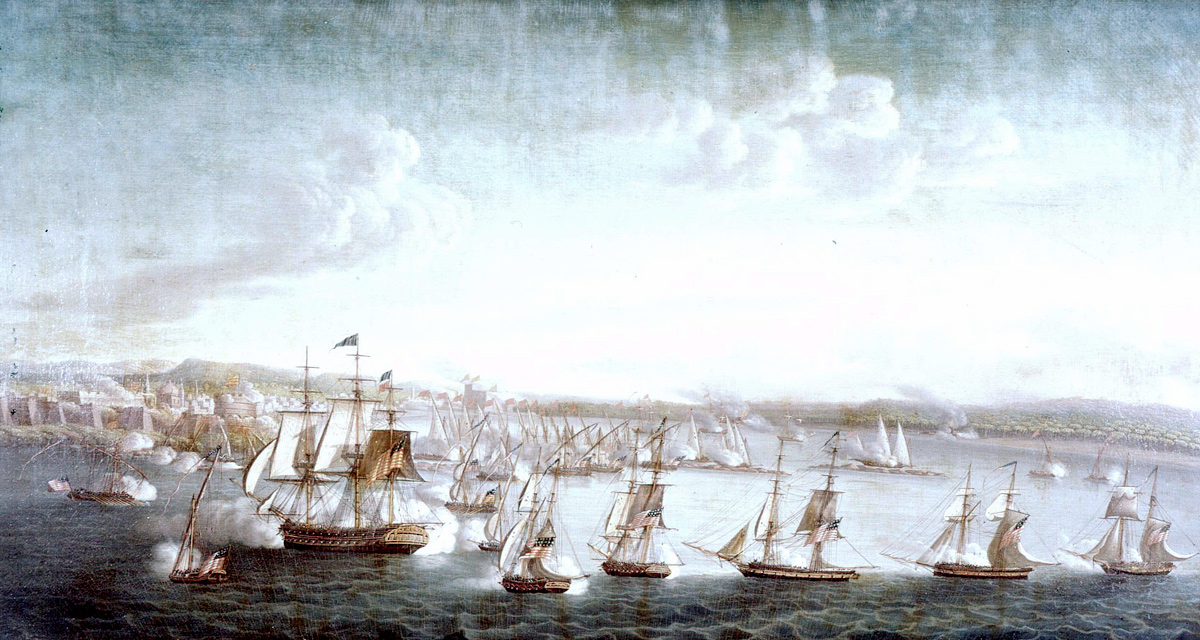In Washington City, Senator James Ross of Pennsylvania continues his speech regarding the “Mississippi Question.” He recommends ending the Spanish closure of New Orleans to American navigators via military action rather than buy it from France.
The Mississippi Question
Mr. Ross rose and said . . . . that he had urged the importance of our rights in the navigation of the Mississippi, founded in nature, and acknowledged by compact. This was the great and only highway of commerce from the western country to the ocean. That the Spaniards after a long execution of this treaty, have now flagrantly violated it . . . .
If they act thus without right, why not enforce yours by taking possession? Will you submit to be taken by the neck and kicked out without a struggle? Was there not spirit enough in the country to repel and punish such unheard-of-insolence?
. . . . .
[Resolved] That [the President] be authorized to call into actual service any number of the militia of the States of South Carolina, Georgia, Ohio, Kentucky, Tennessee, or of the Mississippi Territory, which he may think proper, not exceeding fifty thousand, and to employ them, together with the military and naval forces of the Union, for effecting the objects above mentioned.[1]Annals of Congress of the United States, 7th Congress, 2nd Session (Washington: Gales and Seaton, 1851) 12:92–93,96, retrieved from … Continue reading
Bombardment of Tripoli (3 August 1804)
by Michele Felice Cornè, 1752-1845
Courtesy of the U.S. Naval Academy Museum, Annapolis, Maryland. NHHC Photograph Collection.
Oil . . . depicting Commodore Edward Preble’s squadron engaging the Tripolitan gunboats and fortifications during the afternoon of 3 August 1804. U.S. Navy vessels shown in the foreground are, from left to right: schooner Enterprise, schooner Nautilus, brig Argus, brig Siren (or Syren), schooner Vixen, mortar boat Dent, gunboat Somers, frigate Constitution (Preble’s flagship), mortar boat Robinson, and gunboat Blake. Attacking the enemy flotilla in the center background are Lieutenant Stephen Decatur’s three gunboats and a gunboat commanded by Lieutenant James Decatur, who was killed in this action.[2]“NH 65536-KN: Bombardment of Tripoli, 3 August 1804,” National Museum of the U.S. Navy, … Continue reading
Notes
| ↑1 | Annals of Congress of the United States, 7th Congress, 2nd Session (Washington: Gales and Seaton, 1851) 12:92–93,96, retrieved from https://memory.loc.gov/cgi-bin/ampage?collId=llac&fileName=012/llac012.db&recNum=43. |
|---|---|
| ↑2 | “NH 65536-KN: Bombardment of Tripoli, 3 August 1804,” National Museum of the U.S. Navy, www.history.navy.mil/content/history/museums/nmusn/explore/photography/ships-us/ships-usn-c/uss-constitution/nh-65536-kn.html accessed on 2 May 2022. |
Experience the Lewis and Clark Trail
The Lewis and Clark Trail Experience—our sister site at lewisandclark.travel—connects the world to people and places on the Lewis and Clark Trail.
Discover More
- The Lewis and Clark Expedition: Day by Day by Gary E. Moulton (University of Nebraska Press, 2018). The story in prose, 14 May 1804–23 September 1806.
- The Lewis and Clark Journals: An American Epic of Discovery (abridged) by Gary E. Moulton (University of Nebraska Press, 2003). Selected journal excerpts, 14 May 1804–23 September 1806.
- The Lewis and Clark Journals. by Gary E. Moulton (University of Nebraska Press, 1983–2001). The complete story in 13 volumes.


